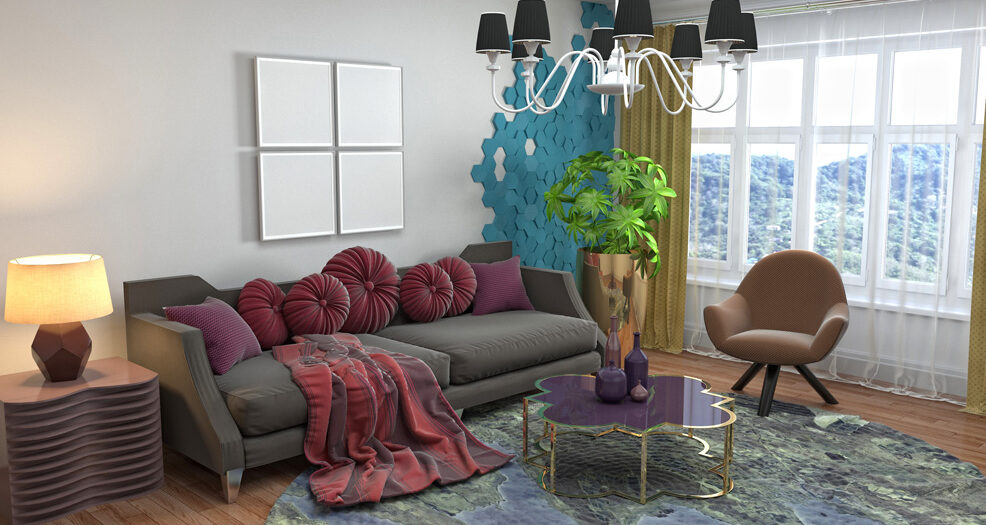Stories behind the carpets adorn our homes not only as floor coverings but also as works of art carrying deep cultural and ethnic symbolism. Each carpet’s weaving technique, pattern, and materials used bear traces of the society, geography, and culture where it was produced. With a history spanning thousands of years, carpets reflect significant periods in human history, migrations, trade routes, and cultural interactions. Carpets woven in the Middle East reflect the warm climate of the region and the interaction of various cultures, while those woven in Anatolia reflect the richness of Turkish culture and the geographical features of Anatolia. Similarly, Persian carpets carry the grandeur of the Persian Empire and the delicacy of its art to the present day. Carpets are considered not just floor coverings but a combination of a culture’s art and craftsmanship. When the pattern, color, and texture of a carpet are examined, one encounters the story of that society, geography, and culture. Carpets not only decorate our homes but also serve as bridges between the past and the future, forming part of humanity’s shared heritage. The cultural and ethnic meanings of carpets help us understand the interactions between different societies and the common history of humanity, strengthening cross-cultural ties and filling our homes with cultural heritage.
Stories Behind the Carpets: Cultural and Ethnic Meanings






